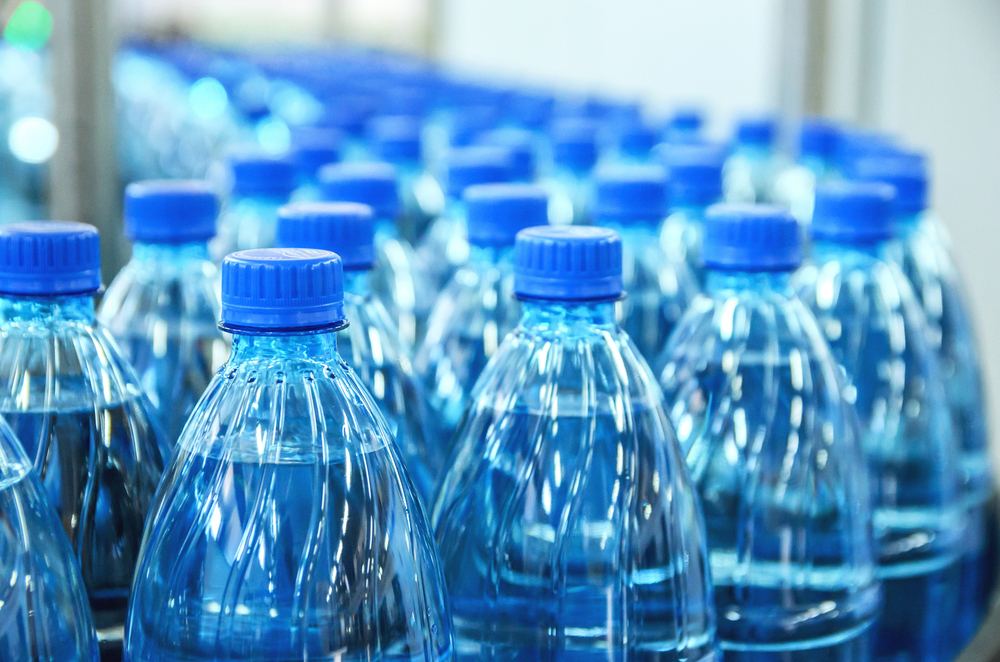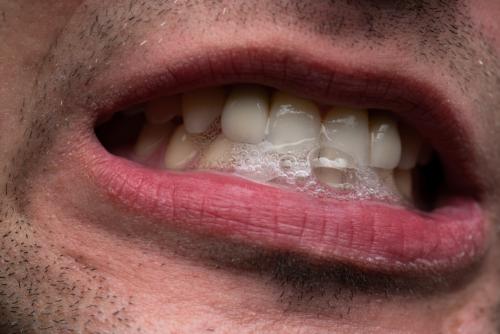The huge danger in bottled water: it may contain up to 100 times more nanoplastics than previously estimated

In a groundbreaking new study, researchers have found that bottled water sold in stores may contain 10 to 100 times more plastic particles than previously estimated. These are plastic nanoparticles so small that they cannot be seen under a microscope, and they can migrate through the tissues of the digestive tract or lungs into the bloodstream, distributing potentially harmful synthetic chemicals throughout the body and into cells, experts say. A liter of water contained an average of 240. 000 plastic particles from seven types of plastic, of which 90% were identified as nanoplastics and the rest were microplastics, according to the new study. Microplastics are polymer fragments that can range from less than 0. 2 inches (5 millimeters) to 1/25.
000 of an inch (1 micrometer). Anything smaller is a nanoplastic. The work they put in was truly impressive. I would say it's groundbreaking, Mason co-authored a 2018 study that for the first time detected micro- and nanoplastics in 93% of samples of bottled water sold by 11 different brands in nine countries. In that earlier study, Mason found that each liter of contaminated water contained an average of 10 plastic particles wider than a human hair, along with 300 smaller particles.
Five years ago, however, there was no way to analyze those tiny particles or discover if there were more. We just couldn't analyze them, In the new study, published Monday in the Proceedings of the National Academy of Sciences, Columbia University researchers presented a new technology that can see, count and analyze the chemical structure of nanoparticles in bottled water. Instead of 300 per liter, the team behind the latest study found that the actual number of pieces of plastic in three popular brands of water sold in the United States is between 110. 000 and 370. 000, if not more.
(The authors declined to say which brands of bottled water they studied. )However, the new technology could actually see millions of nanoparticles in the water, which could be Nanoplastics are the most worrying type of plastic pollution for human health, experts say. This is because tiny particles can invade individual cells and tissues of major organs, potentially disrupting cellular processes and depositing endocrine-disrupting chemicals such as bisphenols, phthalates, flame retardants, per- and polyfluorinated substances, or PFAS, and heavy metals. And because the body's temperature is higher than the outside, these chemicals will migrate out of the plastic and into our body, .
Source : csid.ro
Views : 1159
Popular Article
- (photo) Nude becomes art.
Posted: 2018-03-17, 9657 views.
- The harmful effects of air conditioning on the skin
Posted: 2017-06-08, 8347 views.
- 3 causes of dyed hair discoloration
Posted: 2017-06-15, 8224 views.
- Why early puberty occurs in girls: symptoms, favors, diagnosis and treatment
Posted: 2017-10-24, 8074 views.
- Good or bad skin treatments in the hot season
Posted: 2017-06-07, 7806 views.
Recommendations
- (photo) Nude becomes art.
Posted: 2018-03-17, 9657 views.
- The harmful effects of air conditioning on the skin
Posted: 2017-06-08, 8347 views.
- 3 causes of dyed hair discoloration
Posted: 2017-06-15, 8224 views.
- Good or bad skin treatments in the hot season
Posted: 2017-06-07, 7806 views.
- Risks of practicing sports on hot days
Posted: 2017-06-12, 7404 views.
 4 effective ingredients in the fight against acne.
4 effective ingredients in the fight against acne. How to get rid of hiccups fast
How to get rid of hiccups fast The wheat bran diet: the secret of lost pounds as if by magic
The wheat bran diet: the secret of lost pounds as if by magic The recipe that will sweeten your soul this weekend!
The recipe that will sweeten your soul this weekend!  Is it dangerous or not to refreeze meat after thawing it?
Is it dangerous or not to refreeze meat after thawing it?  The unusual sign of diabetes indicated by saliva.
The unusual sign of diabetes indicated by saliva. What to drink to boost your immune system.
What to drink to boost your immune system. 10 foods that help you never age.
10 foods that help you never age. What actually happens in your body if you drink a cup of coffee for breakfast
What actually happens in your body if you drink a cup of coffee for breakfast 5 surprising benefits of chia seeds
5 surprising benefits of chia seeds